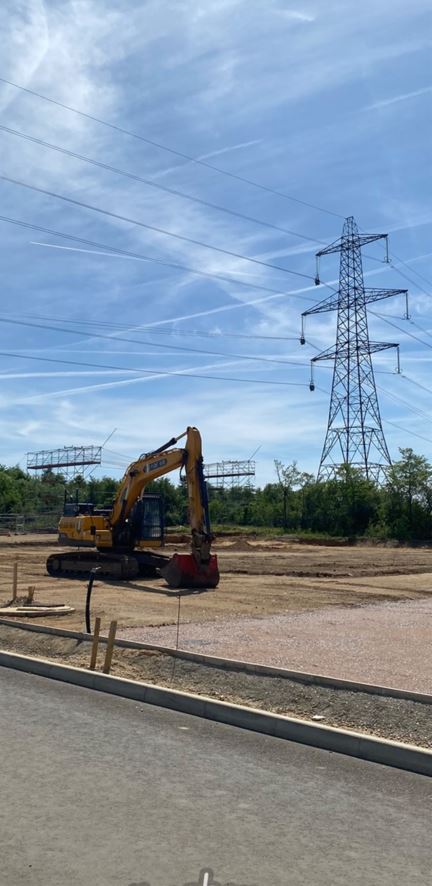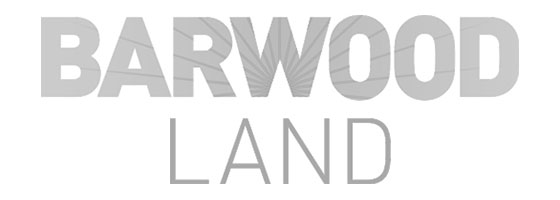
If you’re a developer considering what and where to build on your site, you’ll be aware of overhead electricity lines and their towers from the outset. They are the most visible constraint you are likely to encounter. But do you know what building restrictions apply to them?
Because overhead electricity conductors are not insulated, contact or near contact with people is strictly avoided and minimum safety clearance distances are a legal requirement.
Overhead electricity lines can roughly be broken down into three main parts:
- Pylons (the towers – although some lines are suspended from wood poles)
- Lines (the wires or conductors)
- The transmission route
For developers, the most important consideration with respect to overhead lines will be the ‘sag and swing’ distance.
Sag refers to the vertical displacement of a conductor between two support points (i.e. towers) and this is influenced by:
- The weight and type of the conductor
- The span length of the cable
- The ambient temperature
- The tension applied between the two points upon installation.
The extent of the sag must be calculated so as to maintain the minimum vertical clearance from the ground, buildings or vegetation (particularly trees). This can vary due to:
- Heat expansion (if the temperatures are high, the conductors can expand, increasing the sag, so calculations are always based on a maximum operating temperature)
- Ice loading (less applicable in the UK’s climate but accumulating ice can increase the weight on the conductor, and therefore the extent to which it sags)
The allowance for sag will be calculated differently, depending on whether the area is more built up, with greater proximity to buildings and traffic (in which case the sag will need to be tighter) or in a rural area, where a greater allowance for sag may be made, although care will need to be taken in areas with dense vegetation, including tall trees.
In industrial areas, specific sag requirements will usually apply (to allow for the operation of machinery, cranes etc).
Swing refers to the horizontal movement of the conductors in windy conditions. Wind load calculations in coastal or mountainous areas, for instance, may require careful mitigation while in suburban, more sheltered areas more moderate swing allowances may be applied.
Even at their furthest point, the cables must not touch any building, street lighting, or tree, or any object on which a person might stand. Nor must they impact new roads. If a new development is likely to result in raised ground levels in places along the line’s transmission route, the appropriate vertical clearances will need to be taken into account.
Before commencing any development plans, the relevant electricity provider should always be consulted, as they will be able to give you the specific restrictions relating to that apparatus. This will ensure that the safety of workers and the future occupants of your development will be guaranteed.
For advice on utilities and new connections on your site, contact BTS.











